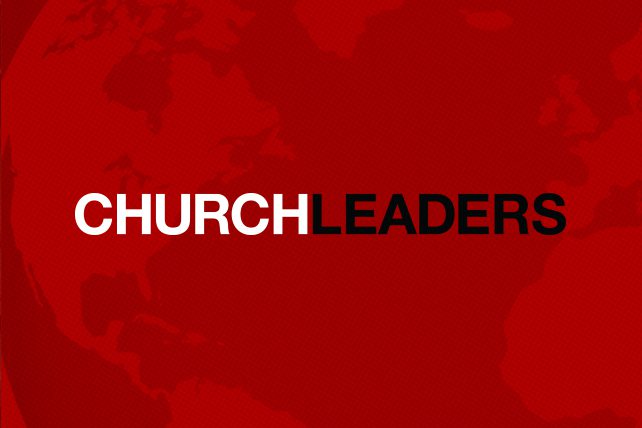2. Critical theory is rooted in a desire for activism and social change.
John Macionis defines critical sociology as, “and activist orientation that ties knowledge to action and seeks not just to understand the world as it exists but also to improve it.”[1] Vern Poythress defines critical sociology as research, “which endeavors to highlight the injustices and inequities in a society and to suggest or implement change.”[2] In accordance with Marx’s critical sociology, critical theory finds no real value in sociological observation that refuses to challenge the status quo. Instead, the consequence of social observation is activism and the end goal of critical theory is social transformation.[3]
3. Critical theory rejects objective social analysis.
Unlike other sociological research orientations such as positivist and interpretive sociology, critical theory rejects the idea that one can participate in sociological research objectively. Instead, researchers necessarily take their own agendas and their social background into their research. John Macionis, in his discussion on critical sociology writes, “In making value judgements about how society should be improved, critical sociology rejects Weber’s goal that researchers be value-free and emphasizes instead that they be social activists in pursuit of greater social equality.”[4]
4. Critical theory challenges hegemony in hopes of bringing equity and justice.
One of the goals of critical theory activism is to dismantle hegemony. Hegemony refers to the unjust dominance yielded by the oppressive ruling class that marginalizes the subordinate groups and binds them to an oppressive system.[5] For critical theorists, the purpose of sociological research includes resisting the dominant group and actively seeking social transformation for the sake of freedom, democracy, and equity.
Now that we have explored sociological theory and critical theory, what conclusions can we draw concerning how we engage CRT? CRT is the a theory stemming from both sociological theory and critical theory. Thus, it is important to have some insight into both theories before engaging CRT. In light of the precursors we have discussed before engaging CRT, here are my conclusions.
1. CRT can provide valid suggestions but can also propose rigid and fixed interpretations of the social world.
The binary of oppressor/oppressed is an interpretive deadlock that sets the interpretive agenda disallowing researchers to interpret social patterns through a lens other than oppressor/oppressed. If oppressor/oppressed is the fixed structure of the social world, we risk hindering our social observations to one paradigm and thereby missing other possible explanations for social patterns and phenomenon.
2. We can accept descriptions of the social world proposed by CRT while simultaneously rejecting suggested forms of activism and social change made by critical race theorists.
Because the nature of social theory involves description and critical theory involves an authoritative prescription of action, we can accept descriptions from CRT even if we decide to reject the call to social action. In other words, we can agree with ideas and concepts without taking up forms of activism that conflict with the Christian confession of faith. For example, as a sociologist I believe racism in society is expressed through micro aggressions but there are other sociological theories that I believe offer more adequate solutions than critical race theory.

